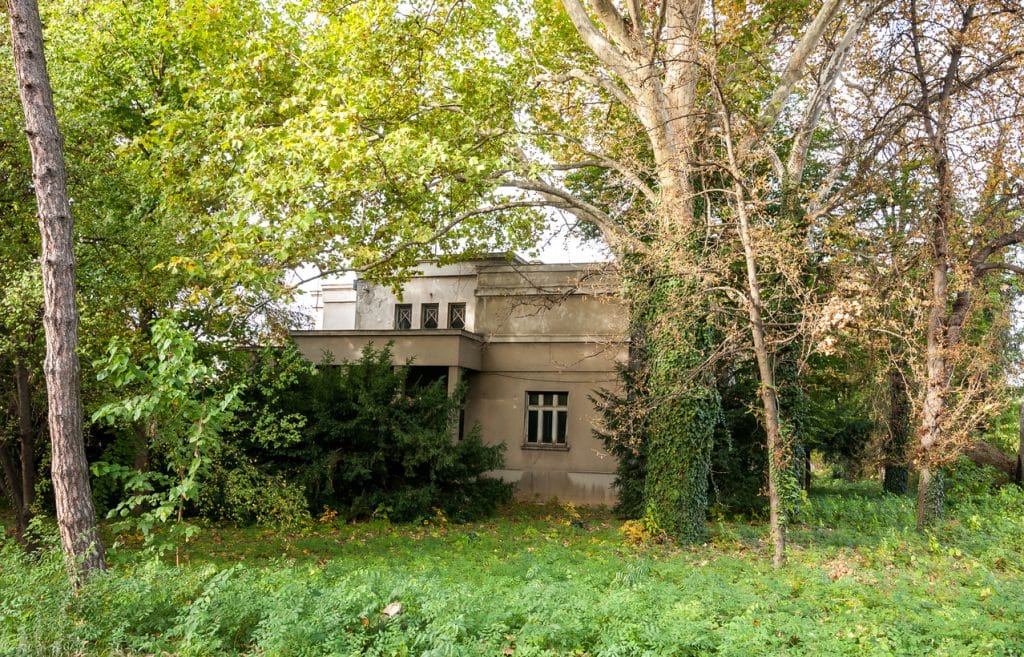Crown thinning is a pruning technique used to reduce the density of a tree’s foliage, allowing more light to filter through its branches. The process involves the selective removal of branches to reduce the overall volume of foliage without changing the tree’s natural shape or size. While it’s a relatively simple and straightforward technique, it requires a professional arborist who understands the biology of tree growth and can identify the right branches to remove. By carefully thinning the crown, you can dramatically improve the health and aesthetics of the tree as well as the surrounding environment. Here are three benefits you’ll appreciate if you opt for this pruning technique.
1. Reduces the Risk of Storm Damage
The amount of foliage on a tree is an indicator of its health and vigor. The more foliage the tree has, the better its chance of survival during adverse conditions such as drought and disease. For example, if a tree has a heavy crown and gets an unexpected drought, it will put all of its energy into growing more leaves in order to survive. This can be detrimental because the tree may not have enough water and nutrients stored in its roots to survive. A tree with too many leaves is also less able to withstand strong winds, storms, and other extreme weather conditions. If a tree’s crown is too dense, it’s at a higher risk of being damaged or even toppled due to high winds. A crown pruned back to its natural size and shape is less likely to be damaged from strong winds and heavy rains.
2. Enhances Air Circulation
Trees are known to be excellent air purifiers, but only when their crown is thin enough to allow air to move freely through the tree’s foliage. A dense crown can obstruct airflow, which reduces a tree’s ability to absorb CO2 and release oxygen. This can negatively affect the tree’s health but can be easily corrected by crown thinning. Selectively removing branches and leaves from your tree’s canopy can increase air circulation and allow more CO2 to be absorbed by the roots. It also enhances a tree’s ability to withstand pests and diseases. If a tree’s crown is too dense, it can be a good environment for pests to thrive in.
3. Promotes Healthy Root System
A tree’s roots are the backbone of its health, and a healthy root system guarantees a healthy tree. However, a dense crown can easily lead to a dense root system. When roots are too thick, they may suffocate other plants in the area. This can be detrimental to your landscape and the surrounding environment. A tree with a dense root system is also more likely to suffer from damage due to vehicle or foot traffic. A dense root system is difficult to repair, so selective pruning of the crown is the best solution. It allows the roots to spread out more freely, encouraging the growth of a healthy root system.
Crown thinning is a tricky process that requires a great deal of skill. It can be dangerous if not executed carefully. It should only be conducted after careful research and planning and only by experienced professionals. Are you looking for a locally owned and operated company offering quality and affordable tree services? Contact Curtis Point Tree Service to schedule pruning and trimming services in and around Spokane, WA at a reasonable rate.



